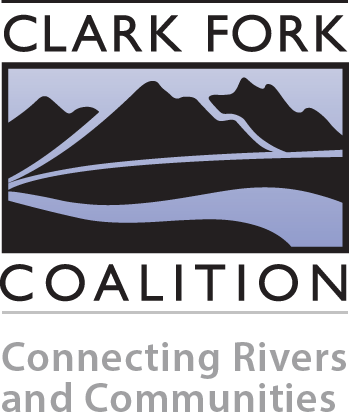The Voluntary Nutrient Reduction Program was a commitment by the four main dischargers to reduce nutrients by investing millions of dollars in upgrading their wastewater treatment operations. In addition, municipalities banned phosphate-containing laundry detergents, and the city of Missoula pledged to connect over 3,000 septic systems to sewer.
The results? Big gains for clean water. A final evaluation of the VNRP by the Tri-State Water Quality Council in 2009 shows that wastewater dischargers have made major progress in reducing their impact on the river:
- Total phosphorus discharge was reduced by 72% from 1990 levels, and total nitrogen discharge reduced by 32%.
- Missoula valley cut its nitrogen input by 260 pounds per day by expanding the sewer to include thousands of homes previously using septic systems.
- Average summer phosphorus concentrations in the Clark Fork River near Deer Lodge and Missoula were cut in half.
- The stringent algae targets were met about 30% of the time in the upper and middle river, and 70% of the time in the river at Huson.
Further, as of 2014, the State of Montana developed our first statewide numeric water quality standards for nitrogen and phosphorus. While the mainstem of the Clark Fork River already had numeric standards through the VNRP, the new rules apply to all other wadeable streams in the watershed. It’s too early to see results from these rules yet, but we expect they’ll make a difference over the next 5-10 years.
Resources:
Voluntary Nutrient Reduction Program Agreement
Voluntary Nutrient Reduction Program Appendices
2001 Dishwasher Detergent Pilot Study
2005 Septic System Impact on Surface Waters



